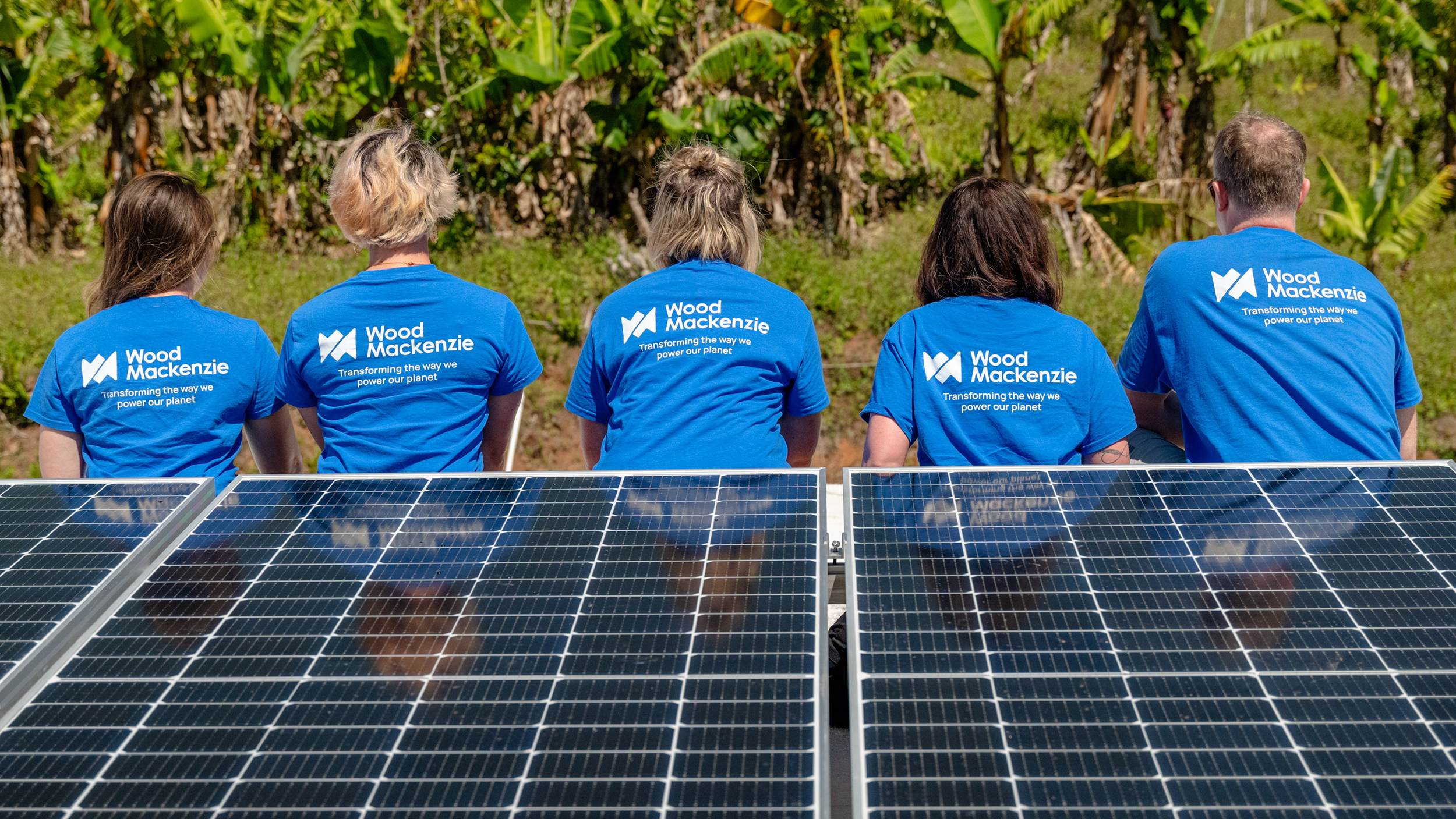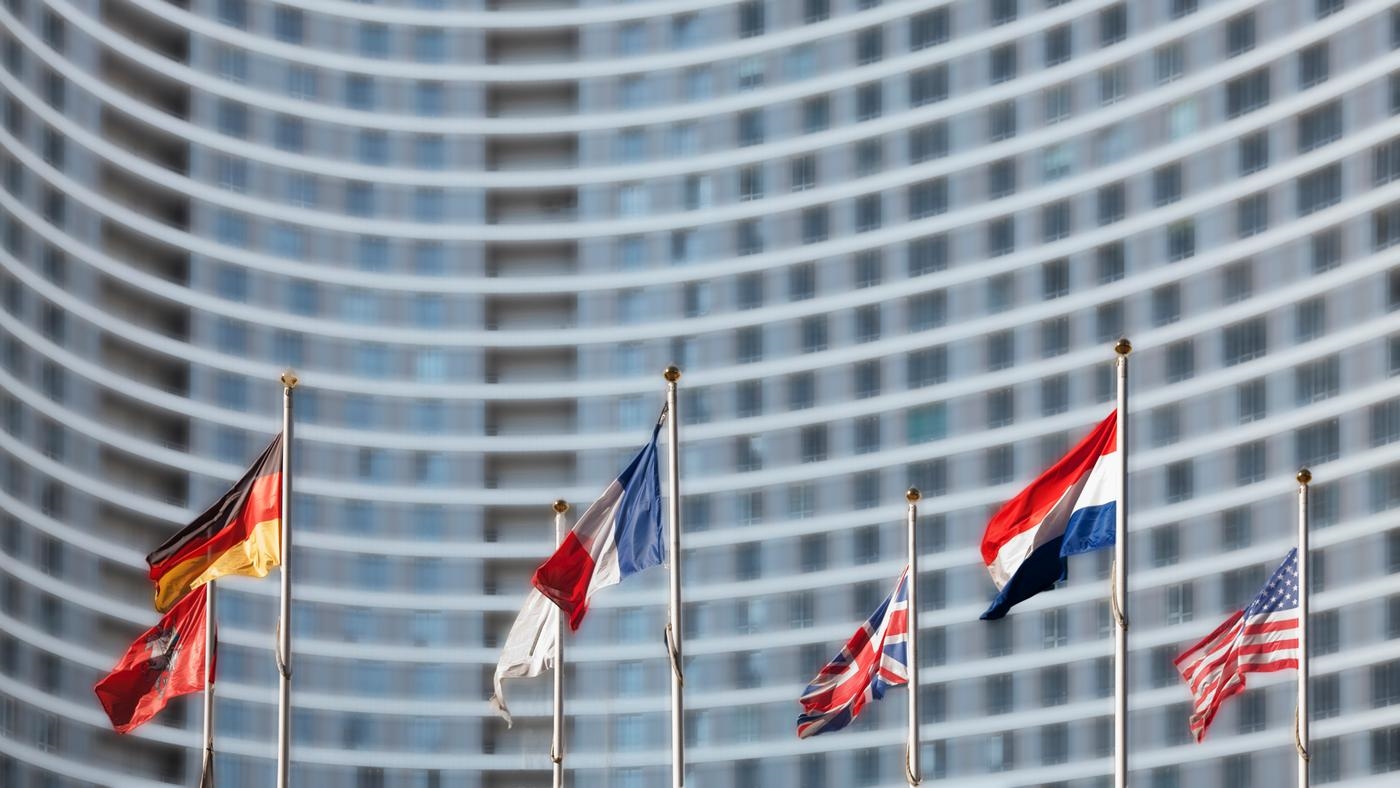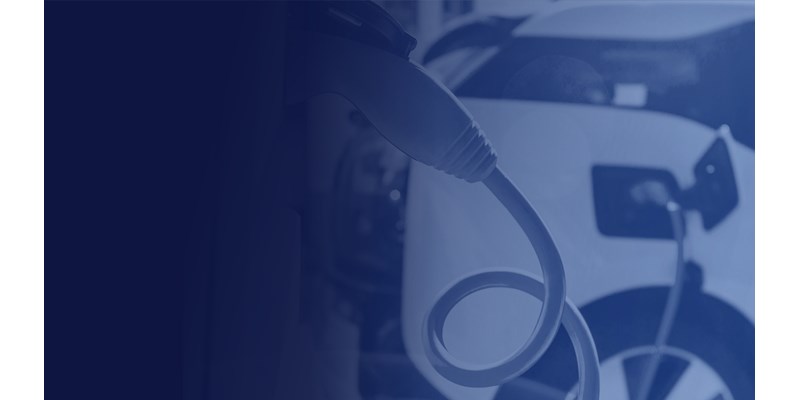3 minute read
Egor Prokhodtsev
Principal Research Analyst, Transportation & Mobility

Egor Prokhodtsev
Principal Research Analyst, Transportation & Mobility
Egor is a senior research analyst responsible for battery raw materials demand modelling.
Latest articles by Egor
-
Opinion
Have policy headwinds pushed electric vehicles into the slow lane?
-
Opinion
What’s next for the EV and battery value chains?
-
Featured
Electric vehicles and battery supply chain: bumpy road ahead in 2023?
The electric vehicle (EV) market went from strength to strength in 2022 – despite considerable supply chain challenges. The war in Ukraine and Covid-related disruptions in China restricted EV production for several months in the first half of the year. However, sales rebounded with more than a million EVs sold in each of the final four months of the year.
Last year also saw the peak of soaring battery metal prices that began in the middle of 2021 – yet lithium, nickel and graphite saw upward pressure at the year’s end.
We are set for another interesting year as pressure builds to secure supply chains and develop next-generation technologies in a low-margin industry. So, can EV sales maintain their upward trajectory in 2023? Can the supply chain keep pace with growth? And what steps will governments take to boost the security and sustainability of the value chain?
Drawing on insight from our Electric Vehicle and Battery Supply Chain Service, we’ve laid out our predictions for the year ahead. Read on for an introduction – and fill in the form to get a complimentary copy of Electric vehicle & battery supply chain: 5 things to look for in 2023.
The global EV market will reach new levels of maturity in 2023
China officially ended its decade-long incentives for electrified transport in 2022. The country reached its goal of 25% New Energy Vehicle penetration (a term used in China for plug-in EVs) three years ahead of the expected schedule, leading to the earlier-than-expected end of direct government support for buyers. Other supporting measures – such as vehicle tax exemption – remain in place this year. However, the end of subsidies represents a make-or-break point for smaller producers. Some new entrants will find it tough to remain in the business.
In Europe, we expect a mild recession in the first half of 2023 to place pressure on overall vehicle sales and effectively put EV sales at risk. However, all the major European producers are likely to start production of new EV models in their roadmap for the region, spurring greater demand. The expansion of local cell production will further support sales.
The US has been languishing in a distant third place behind China and Europe for EV sales for some years. But with the landmark Inflation Reduction Act are conditions finally coming together in terms of policy, regulations and product? Read the full report to find out more.
OEMs will move to gain resilience against battery raw material supply chain disruptions
OEMs are still reeling from the impact of surging battery raw material prices. The growing materials bill for cellmakers and automakers alike is negatively impacting margins. We expect companies to continue to move to safer positions.
OEMs are still reeling from the impact of surging battery raw material prices.
Strong lithium and nickel prices have already shifted the market in the favour of iron-based LFP technology. Indeed, Ford made commitments to LFP tech and BYD sold its LFP-based EVs in Europe in 2022. In North America, Our Next Energy announced a 20 GWh LFP Gigafactory in Michigan while FREYR continued its interest in LFP cells by licensing LFP production from Taiwanese cathode producer Aleees.
Will more automakers be tempted by the low cost and improving chemistry through 2023? How will this impact pack prices? And what other technology disruptions do we expect? Find out more in the full report.
EV supply chain sustainability will rise up the priority list
In parallel to increasing supply chain localisation, developments in regulations over the past year indicate that major European and North American OEMs will push to further decarbonise their supply chains.
Last year saw the EU finalise wording for its Battery Regulation, for example. This legislation is designed to limit the carbon footprint of EV batteries from 2027 and implement minimum recycled metal contents from 2030. And the EU’s carbon border adjustment mechanism (CBAM) – possibly the most radical change in Europe’s carbon market to date – will include battery precursor metals, including nickel.
How will automakers respond to the pressure to develop carbon-neutral supply chains? Read the full report for our view.
What other factors will shape the EV and battery supply chain in 2023?
Will lithium prices plunge? Can the LME steady its nickel ship? Read Electric vehicle & battery supply chain: 5 things to look for in 2023 in full for our view of the year ahead.







